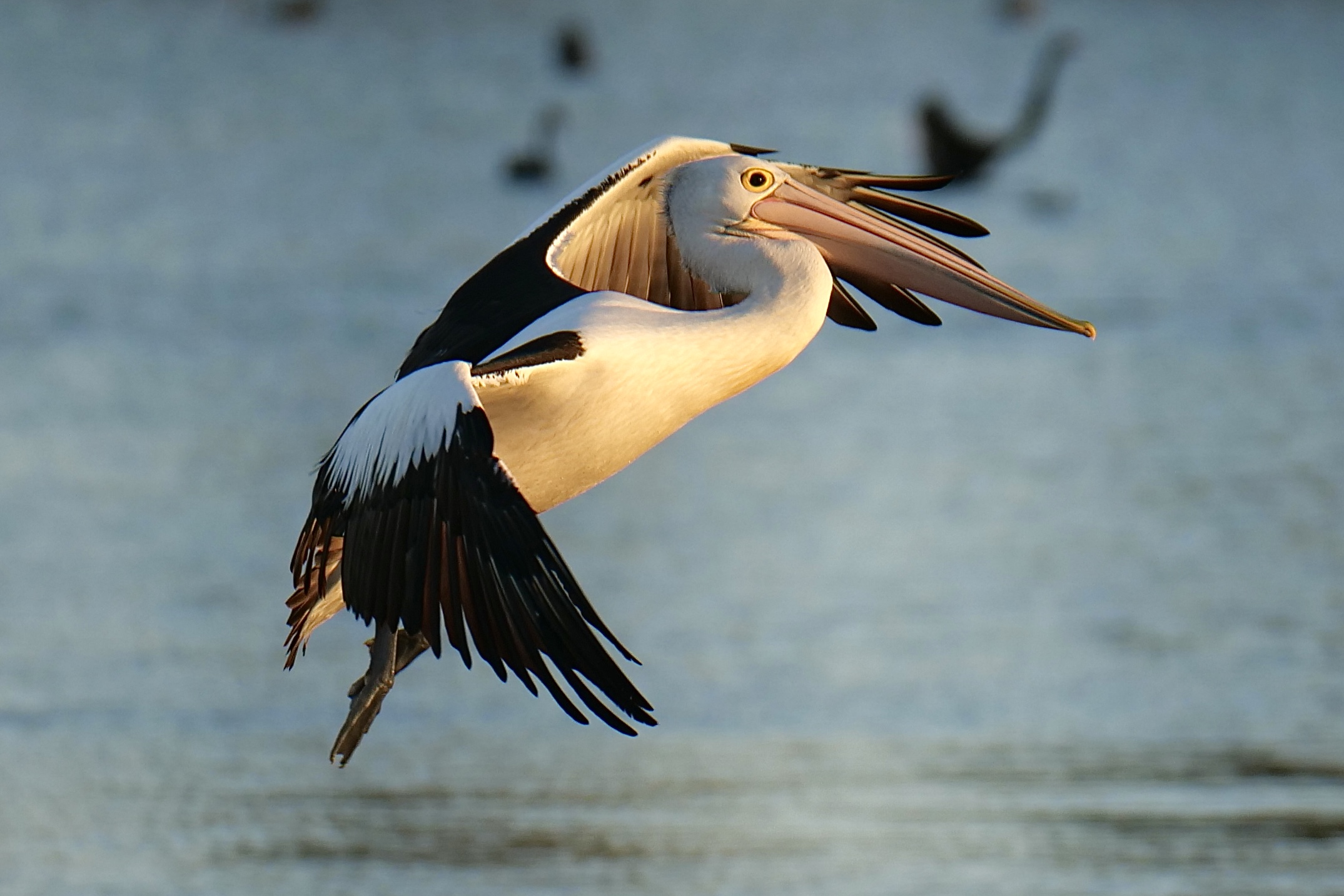The wing’s shape is such that it can push effectively against the air, and also generate lift as it moves forwards, but that is no use without a very powerful downstroke to capture the air in the first place, and this is where muscular strength comes in.
Marianne Taylor continues:
The chest of a bird contains a pair of very large pectoralis major muscles, one attached to each side of the sternum’s keel, which, when contracted bring the wings downward. Their counterparts are the supracoracoideus muscles, located underneath the pectoralis major muscles. As the upwards stroke does not generate lift, these muscles are smaller…
All italicised quotations in this series’ final four posts are from Marianne Taylor’s The Pocket Book of Bird Anatomy.
Her writing is crisp, clear and obviously well-informed, the book is compact/readily portable, but highly informative, well-organised, includes an index, and has excellent photos and diagrams.
If you would like to discover exactly how birds “work”, it is a very worthwhile purchase.
In Australia it is published by Australian Geographic, an outfit worthy of support, so I’d urge purchasers to buy it from their site.
Only a few seconds earlier, this post’s particular pelican had been gliding just above the lake’s surface, as you can see in #10 in this series.
Photo is copyright Doug Spencer, taken from western shore of Lake Monger at 7.13 pm on New Year’s Day.
if you’d like to discover a little more – or a lot more – about how birds fly, clicking this will take you to a well-linked place.
Who know’s what’s coming up next on Pelican Yoga?
I don’t, but I can guarantee that it will not feature a pelican.
